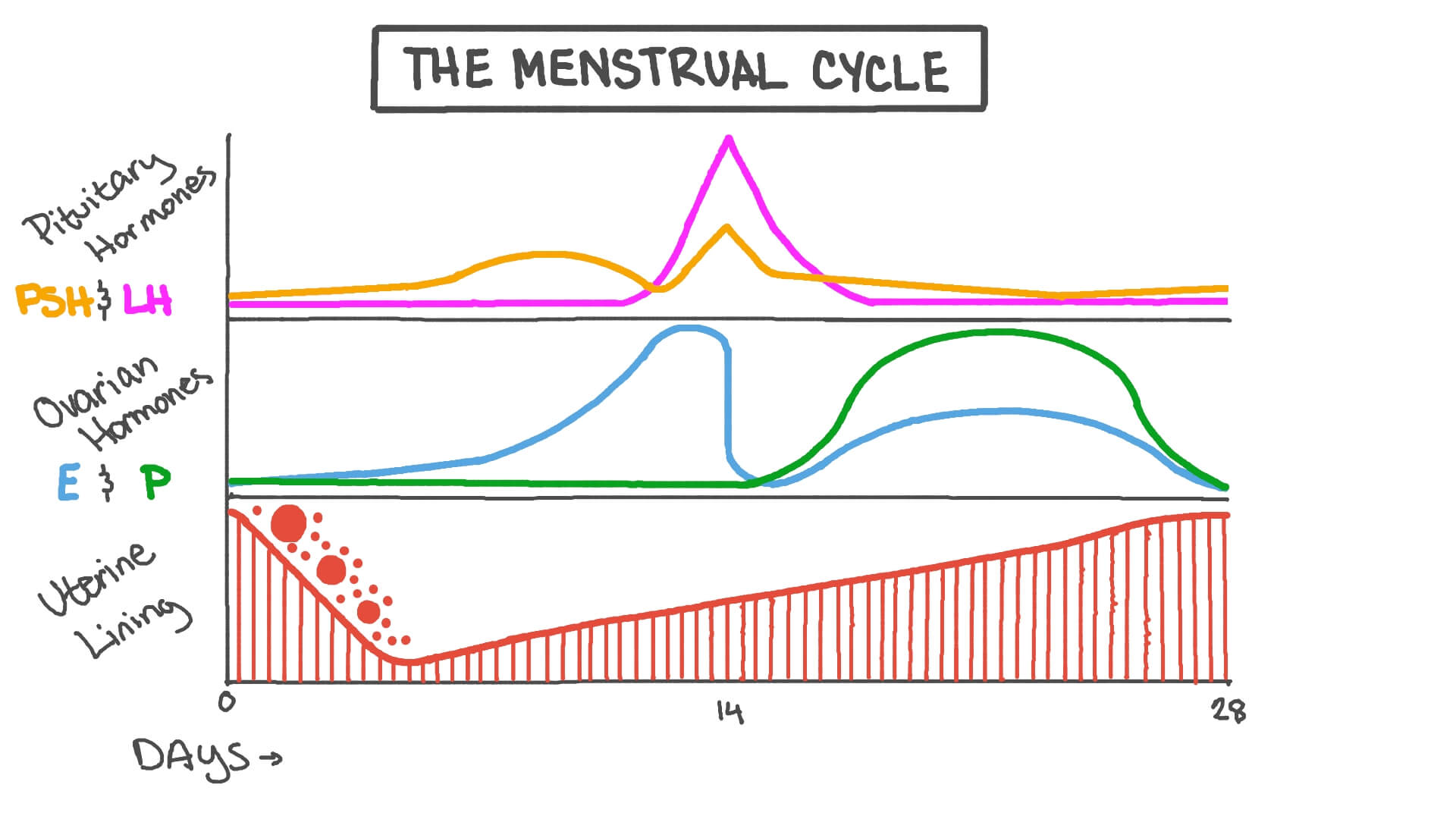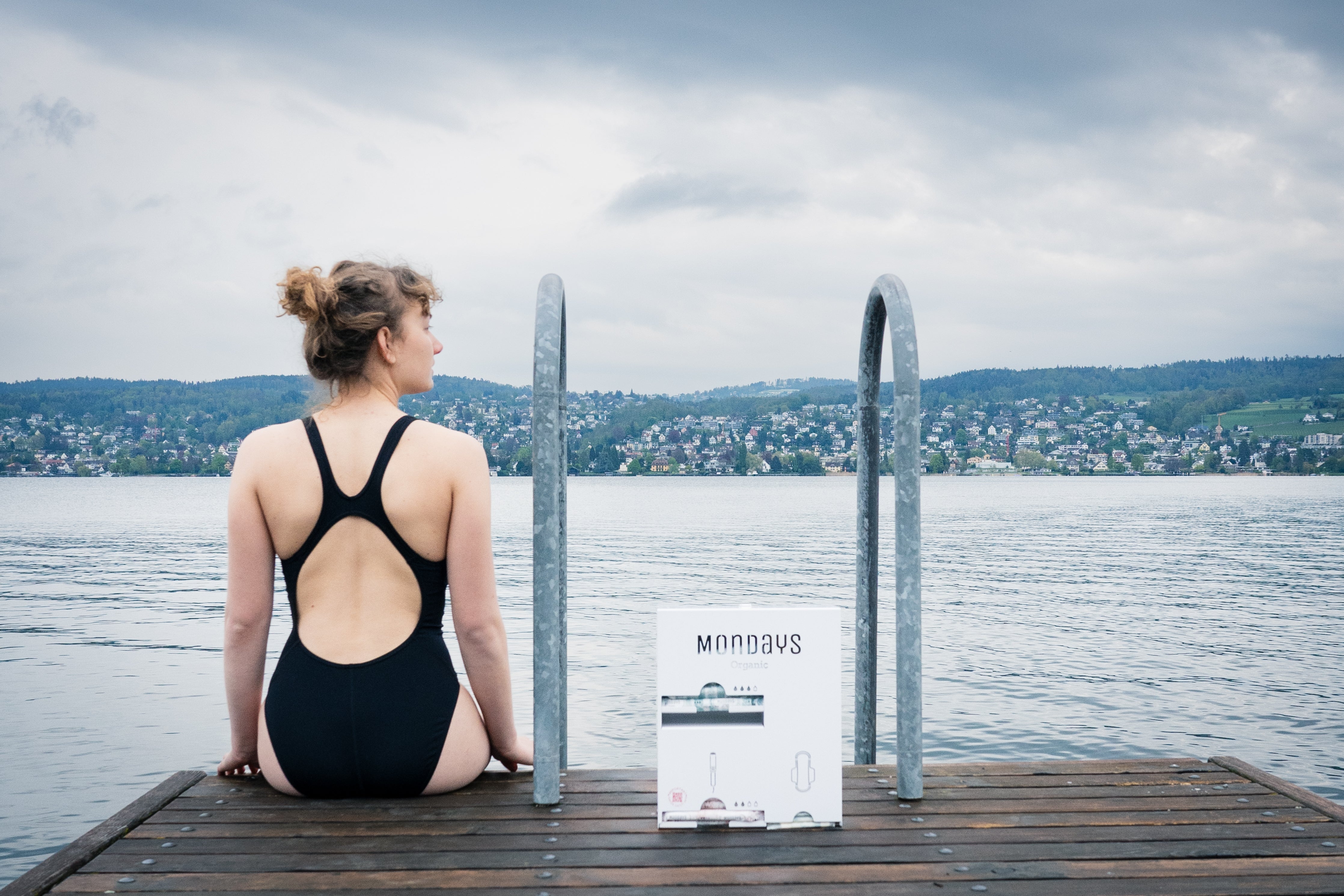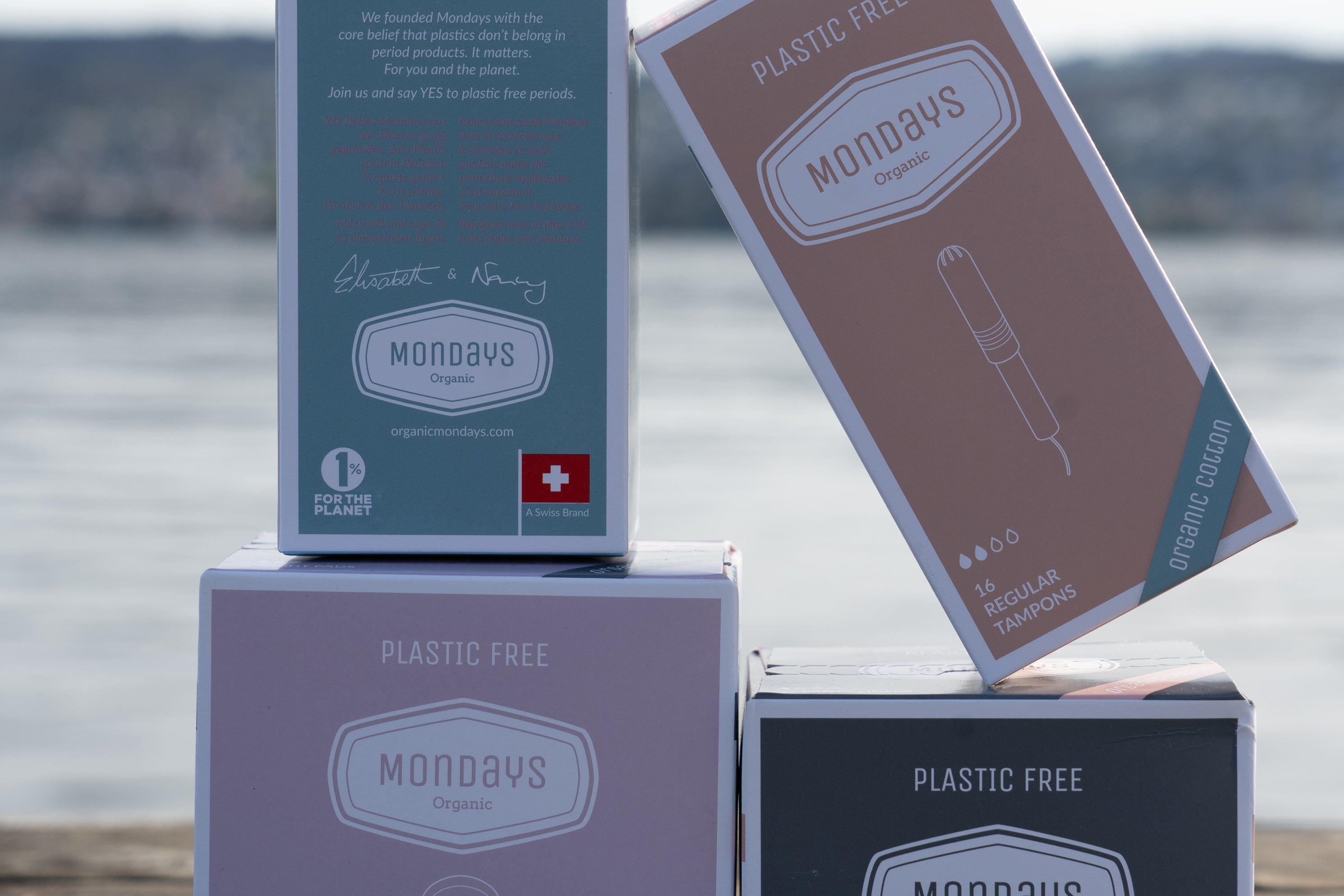
This weekend was the summer solstice, the longest day of the year, in the Northern hemisphere. So we thought, why not use this opportunity to talk about the cyclical or seasonal changes we all go through every month!
A year has four seasons, a month has four weeks, and a menstrual cycle has four phases.
Many people think the term “menstrual cycle” refers just to the bleeding days but in fact, the so-called “bleeding days”, your period or menstruation is actually only one phase-out of the four. Whilst most people know there is a fertile window and have heard the term ovulation, the mystery of the menstrual cycle remains.
When the topic of menstruation became an essential part of my daily job, my interest in the subject increased. Here’s a bit of what I‘ve learned (and came to realize that many are not familiar with):
Your menstrual cycle begins on the first day of your period and ends on the day before your next period. It is divided into four phases: the menstruation, the follicular phase (also known as the pre-ovulation phase), the ovulation and the luteal phase (that moment where the famous PMS kicks in). I won’t go into the medical explanation of each of the stages, what I want to do instead is share some curious insights.
The podcast episode “Period Power” by “Deliciously Ella” covers an interview with Maisie Hills, a women’s health expert and author of a bestselling book with the same name, where she gives many important hints, tips and explanations around a woman’s cycle (it is well worth listening to). The most interesting aspect for me was her comparison of the four phases of the cycle with the four seasons of the year - it simplified my understanding with regards to the mood we have in each phase.
Menstruation = Winter
These are at the bleeding days per se, which last on average between 3 & 5 days - some with a very strong flux and others with a lighter one. This is a time when hormonal levels in the body are low, there is a strong feeling of fatigue and not much interest in the external world. It is recommended to lay low, rest and spare your energy for the upcoming phases. Think of it as an introspective phase.
An interesting fact: the word menstruation is derived from the Latin word “month”, which itself also means moon. The moon is also divided into four phases (the book “Red Moon” by Miranda Gray compares the four stages of the menstrual cycle with those of the moon - an interesting read for those who want to explore the topic further).
Follicular phase = Spring
After winter, and your sleepy days, your energy levels will start picking up again. Just as in the Spring, the body begins to awaken, a playful feeling starts to rise and the creativity levels peak. Your outward energy starts to build up, and this is a great moment to focus on tasks that require creativity as well as teamwork.
Ovulation = Summer
The ovulation itself lasts just one day (24hours) when the egg is released. However, the fertile window (the period where you could get pregnant) that accompanies it, can last up to seven days. Summer says it all - it is that time of the month where you’re feeling at your best - it is the time where you might be looking for more social connection, your mood might be to ‚show off‘ and be amongst people... Your body feels good, and you are shining, this is the perfect moment to focus on social activities, such as business lunches, meetings and public speaking events. It is also a great time of the month for first dates ;)
Luteal phase = Autumn
Once your egg is released but hasn’t been ‘matched’ you will find your mood starts to fade again into a more autumnal and emotional state, energy levels will start to drop, you will become moody and sensitive, and the famous PMS (Pre-Menstrual Syndrome) might kick in. Anxiety and nervous tension may become apparent, and the craving for sugars can increase. In order to balance the low levels of energy, hydration and sports are essential. This is a great time to organize things as you will be more detail-oriented and in an inward mood.
Below is a little illustration to summarise these four phases.

The length of each of the phases vary from woman to woman - some being longer, others being shorter. The total length of a normal menstrual cycle lays somewhere between 21 and 35 days (the average being 28 or 29 days, depending on the source). Maisie Hills claims that anything outside of the 26-32 days range could be related to a hormonal imbalance. She also claims that women could (and should) use the periods as a “thermometer” to measure the condition of their bodies and evaluate their health. Stress, anxiety, changes of environment, changes in weight and other factors can influence the length of the menstrual cycle. Paying attention and understanding your personal cycle will allow you to be more in tune with your body and give it what it needs when it needs it.
Tracking your cycle online, through an app (e.g. Clue) or offline (e.g. on a calendar or a notebook) can be very beneficial to understand how your body functions and any patterns that exist. You could measure it through your mood swings, feelings and health. This will allow you to be kinder to yourself and understand what your body and mind need. Not to mention that next time you go to the gynaecologist, you will be able to answer their questions and confidently ask questions of your own, to better understand your own body and cycle.
To finalize... a fun video showcasing the mood swings: https://www.youtube.com/watch?v=WOi2Bwvp6hw



